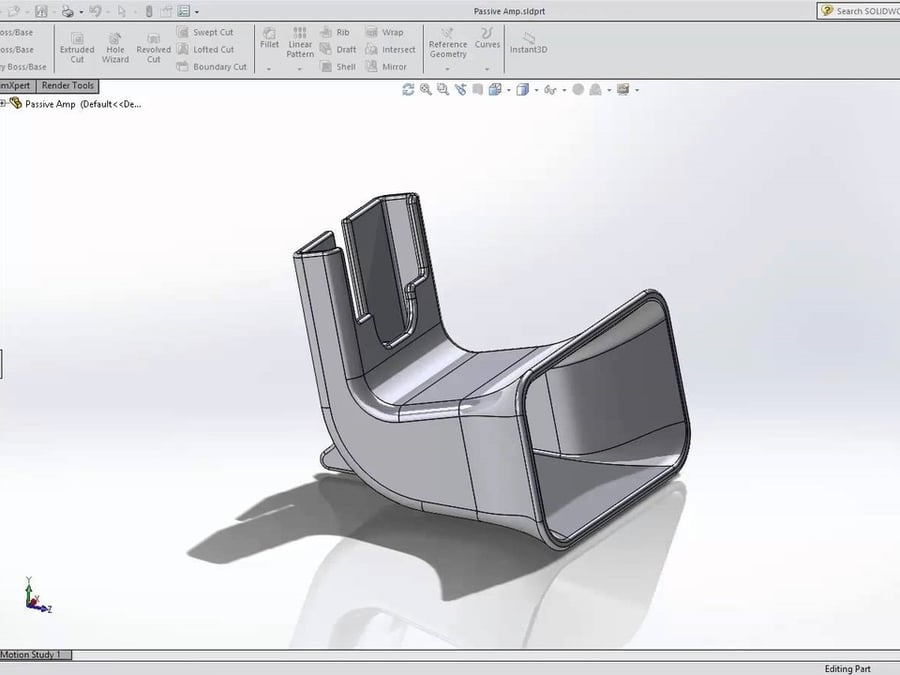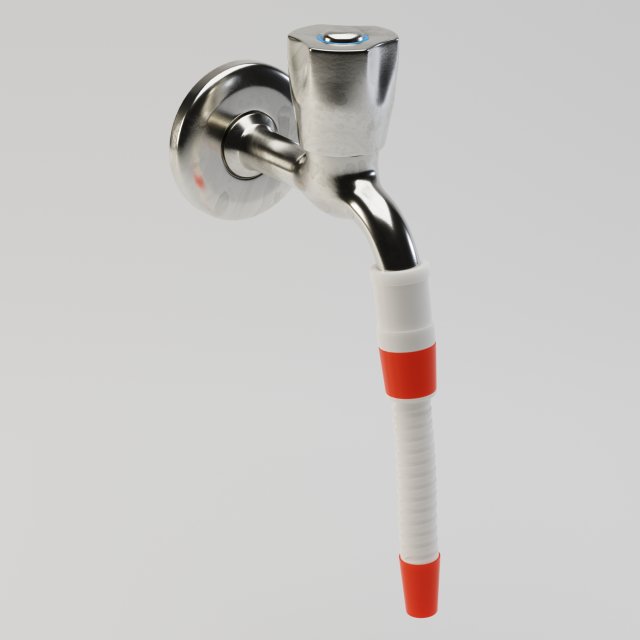
I’ve selected (in blue) some of the polygons on top of the model which should be a planar face pressing Calculate highlights (in brown) all the adjacent faces. *(While Import Diagnostics should normally be used to fix import errors, the tool doesn’t fix Mesh Bodies in my experience). I’ll begin by using the Surface From Mesh tool to define a flat surface. Instead, I’ll extract usable surfaces from this mesh and use those to create a model. So I won’t be able to perform any boolean operations (e.g., cuts or bosses) directly to the model. In this case, SOLIDWORKS encountered mesh errors* in the model and was unable to generate a solid body.

Convert obj to stl solidworks plus#
Plus it gives me access to the new Mesh Tools, which make editing and reverse-engineering much easier. Although I won’t be able to select individual facets or edges, performance is much better. Mesh Bodies are new for SOLIDWORKS 2018 and allow these models to be manipulated as a single entity, rather than a (huge) collection of individual faces, as had been the case. When it does, I see a Surface-Imported feature in the tree with an unfamiliar icon identifying this as a Mesh Body. STL files can get very large and often take a while to open. In this article, I’ll import with the default options.
Convert obj to stl solidworks how to#
Specifically, this is where you’ll define the import units (to avoid having to manually scale the part later), and where you choose how to import this mesh. But there are some additional options you’ll only see if you use the “Mesh Files” filter. I could File>Open the STL file using the “All Files” filter (or just drag the file into the SOLIDWORKS window). I’d like to create a simplified version of this model that I can edit in the future. This looks great for keeping my card and tokens organized for the X-Wing Miniature Tabletop Game, but it’s a bit more detailed than I need.

Today I’ll be working with the Xwing TMG Token Holder by GMBridge downloaded from Thingiverse. Luckily SOLIDWORKS 2018 includes tools for working with STL files and other mesh files natively. Although SOLIDWORKS Premium has a tool for this (ScanTo3D), it has a steep learning curve. It’s very difficult to reverse that conversion and extract mathematical geometry from an STL (imagine trying to reproduce The Great Gatsby based solely on Cliff’s Notes). When a geometric model is converted to STL, all of its surfaces become represented by triangular faces of varying size and shape.

In a nutshell, STL files are polygonal approximations of mathematical geometry. This may be an accident of history since STL was originally used for (and is an acronym for) st ereo l ithography, back when that was the only 3D printing technology. Read on to learn how.įor the uninitiated, STL has become the de facto standard file format for 3D Printing. Luckily, if you have access to SOLIDWORKS 2018, you may be surprised how easy it is to edit STL files. More importantly, this style of editing can be unfamiliar to Design Engineers. There are some very good STL editors out there, but they tend not to be “parametric” modelers, which can be difficult to use accurately. And you know what a pain they can be to work with. If you work with 3D Printers regularly, then you know what an STL file is.


 0 kommentar(er)
0 kommentar(er)
